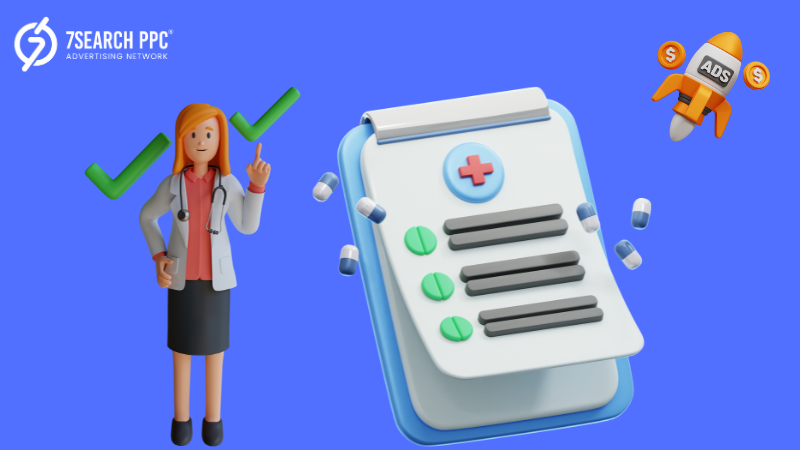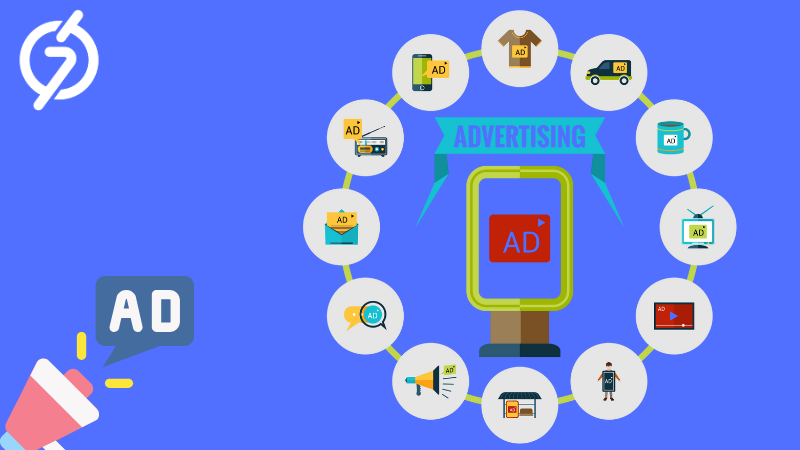
Healthcare Ad Campaigns are no longer the sole domain of massive hospital networks with million-dollar budgets. Small clinics are stepping into the arena, proving they can compete effectively even against healthcare giants. With digital platforms leveling the playing field, the question is not whether small clinics can compete but how they do it.
One way to explore this shift is by looking at proven Healthcare Ad Campaigns. These case studies highlight practical lessons in healthcare advertising and show how strategy often outweighs size. Diagnosing these advertising challenges gives us a prescription for success in a competitive market.

The Market Insight
A recent survey showed that 64 percent of patients now discover healthcare providers online before making an appointment. In this landscape, the size of your marketing budget matters less than the precision of your message. That’s good news for small clinics. They may lack the funds for nationwide TV spots, but they have the agility to target hyperlocal audiences with smarter healthcare marketing ads.
The surprising reality is that some of the best healthcare ads in recent years haven’t come from large hospitals. They’ve come from community-based providers who know how to connect with patients on a personal level.
The Small Clinic Struggle
Let’s be honest. Small clinics don’t have the same brand recognition or deep advertising pockets as large hospitals. Competing head-to-head can feel overwhelming. The main challenges include:
Limited Budgets – Every ad dollar needs to work harder.
Lower Visibility – Large hospitals dominate high-traffic channels.
Patient Trust Gap – Patients may assume bigger hospitals offer better care simply due to their reputation.
For advertisers working with small healthcare providers, the key pain point is clear: how do you make every impression count when you can’t afford to waste spend?
Why Scale Doesn’t Guarantee Success
Bigger budgets don’t always translate to better results. Large hospitals often spread their spend across broad campaigns that may not resonate with local audiences. In contrast, small clinics can hyper-focus on their community.
For example, a local clinic might run a Facebook campaign highlighting flu shot availability in its neighborhood. The ad doesn’t need to reach millions—it just needs to reach families in a 10-mile radius. That targeted relevance often outperforms a broad campaign from a large hospital.
This is where smaller providers have a competitive edge: focus, agility, and authenticity.
Healthcare Advertising Examples That Prove the Point
Looking at healthcare advertising examples reveals a clear pattern: personalization beats scale.
Community Pediatrics – A small practice ran Google Ads targeting “pediatrician near me” with affordable daily budgets. By focusing on local searches, they attracted new families without wasting impressions.
Dental Clinics – Many independent dentists run Instagram campaigns showing before-and-after visuals. These relatable posts often outperform generic hospital ads that lack a human touch.
Rural Clinics – A few rural providers have gained attention with ads emphasizing accessibility and affordable care. These messages resonate strongly with underserved populations.
The best healthcare ads work not because of scale but because they connect with real patient needs.
Smarter Distribution Over Bigger Budgets
Small clinics can’t compete dollar for dollar, but they don’t need to. They need smarter ad distribution. Leveraging a specialized Healthcare ad network allows smaller advertisers to reach patients more precisely.
Instead of buying broad impressions, they can target by demographics, location, or health interests. This ensures every ad dollar is spent reaching people who actually matter.
Smart distribution creates a multiplier effect, making small budgets feel bigger.
Strategy Breakdown: How Small Clinics Compete
Hyperlocal Targeting
Instead of trying to reach entire cities, clinics focus ads on neighborhoods, zip codes, or community groups. Patients want care close to home, so this approach feels natural.
Storytelling Over Branding
Large hospitals often promote advanced equipment or expansive services. Small clinics can compete by telling patient-centered stories, showcasing compassion, and showing real staff members in ads.
Educational Content
Small clinics often thrive by providing answers. Ads linking to blog posts, FAQs, or local health resources position them as trusted advisors rather than just service providers.
Cost-Efficient Testing
Instead of gambling on big campaigns, small clinics can run a test campaign with smaller budgets, analyze performance, and scale what works. This agility is often missing in large organizations.
Building Community Trust
Highlighting local involvement, partnerships, and patient testimonials builds authenticity. These personal touches resonate more strongly than generic hospital branding.
Why Authenticity Wins in Healthcare Marketing Ads
Patients are skeptical of ads that feel too polished or corporate. Authentic campaigns, especially from smaller clinics, tend to build trust faster. A photo of a real doctor talking about flu prevention often connects better than a stock image ad from a hospital.
Authenticity is an area where small clinics have an advantage. They are rooted in the community and can showcase that naturally in their advertising.
Hospitals vs Clinics
Hospitals – Large budgets, broad campaigns, wide reach, but sometimes less personal.
Clinics – Smaller budgets, local campaigns, narrower reach, but often higher engagement and conversion.
When measured by efficiency, small clinics often win. A campaign that reaches 500 people and brings in 50 patients is more valuable than a campaign that reaches 50,000 but brings in only 100.
Precision Outweighs Power
In healthcare advertising, reach without relevance is wasted spend. Large hospitals may dominate impressions, but small clinics win by being precise, personal, and patient-focused.
That precision is the reason some small clinic ads are ranked among the best healthcare ads despite their modest budgets.
The Future Outlook for Small Clinics
Digital platforms are increasingly designed to support smaller advertisers. Affordable targeting tools, pay-per-click models, and social advertising levels the playing field. The future of healthcare advertising won’t just belong to the biggest spenders. It will belong to those who listen to patients and adapt quickly.
Small clinics that embrace digital-first strategies, leverage networks, and continue refining their approach will remain competitive for years to come.
Closing: A Human Conversation
Here’s the truth. Small clinics don’t need to beat large hospitals at their own game. They just need to play smarter. Patients don’t always want the biggest institution; they want the provider who feels accessible, trustworthy, and relevant.
If you’re running ads for a small clinic, don’t be intimidated by hospital campaigns. Focus on your strengths: authenticity, community, and precision. Test small, learn fast, and build campaigns that speak directly to the people you serve.
At the end of the day, the battle isn’t about who spends more. It’s about who listens more. That’s how small clinics compete—and win—in the world of healthcare ad campaigns.



















Write a comment ...